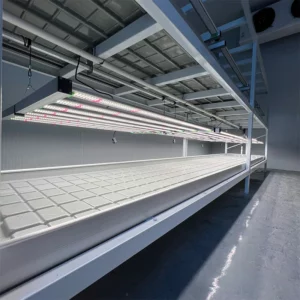The design of agricultural equipment plays a crucial role in accommodating access for maintenance and harvesting activities. Here are several key considerations:
- Accessibility: Agricultural equipment should be designed with easy access points to critical components, such as engines, hydraulic systems, and electrical panels. Removable panels, hoods, or covers facilitate quick and convenient access for maintenance tasks, allowing technicians to inspect, repair, or replace components efficiently.
- Modularity: Modular designs allow for easy disassembly and reassembly of equipment components, simplifying maintenance and repair procedures. Modular components, such as interchangeable parts or modular assemblies, enable rapid replacement of worn or damaged parts without extensive disassembly, reducing downtime and labor costs.
- Tool Accessibility: Ensure that maintenance access points are designed to accommodate common tools and equipment used for servicing agricultural machinery. Accessible fasteners, connectors, and service points allow technicians to perform maintenance tasks using standard tools, minimizing the need for specialized equipment or procedures.
- Safety Features: Incorporate safety features into equipment design to protect maintenance personnel during servicing activities. Lockout/tagout mechanisms, safety guards, and warning labels help prevent accidental startup or operation of equipment while maintenance is in progress, reducing the risk of injuries or accidents.
- Clearance and Space: Provide adequate clearance and space around equipment components to facilitate maintenance tasks and allow for safe movement of personnel and tools. Ensure that there is sufficient room for technicians to maneuver, China Agricultural Equipment supplier access service points, and perform maintenance procedures without obstruction.
- Serviceability: Design equipment with serviceability in mind, considering factors such as component accessibility, ease of disassembly, and availability of service manuals or documentation. Equipment manufacturers should provide comprehensive service documentation, including maintenance schedules, troubleshooting guides, and parts lists, to support maintenance activities and ensure proper servicing.
- Harvesting Accessibility: For harvesting equipment, such as combines or harvesters, ensure that access points are provided for harvesting activities, such as grain discharge, crop inspection, or cleaning. Accessible platforms, ladders, or walkways allow operators to safely access elevated or enclosed areas of the equipment during harvesting operations.
- Operator Comfort: Consider operator comfort and ergonomics when designing access points for maintenance and harvesting activities. Provide comfortable seating, adjustable controls, and ergonomic workspaces to reduce operator fatigue and improve productivity during extended operation and maintenance tasks.
- Remote Monitoring: Incorporate remote monitoring and diagnostic capabilities into equipment design to facilitate proactive maintenance and troubleshooting. Remote sensors, telemetry systems, and onboard diagnostics allow operators and technicians to monitor equipment performance, identify issues, and schedule maintenance tasks remotely, minimizing downtime and improving overall equipment reliability.
By incorporating these design considerations, agricultural equipment manufacturers can ensure that their products accommodate easy access for maintenance and harvesting activities, facilitating efficient servicing, prolonging equipment lifespan, and enhancing overall productivity and reliability in agricultural operations.
